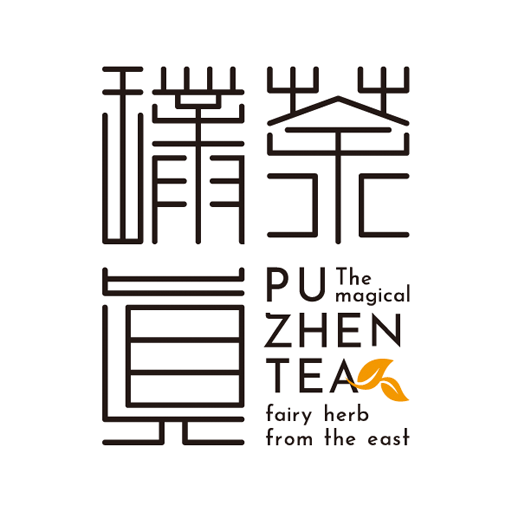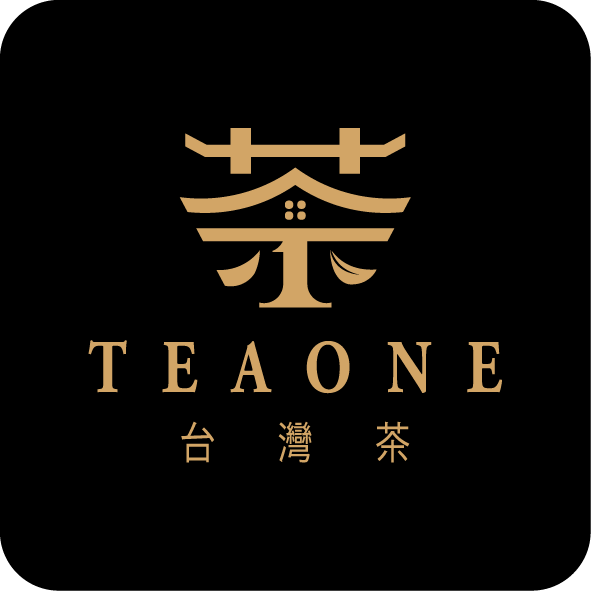Сертифікати на чай
Все продане лістя чаю сертифіковано
міжнародним інспекційним агентством
SGS
Зварений шедевр
Збір найкращих чаїв від майстрів Тайваню
Детальний вступ
Досліджуйте унікальні якості кожного
No products in the cart.
We work with ancient porcelain techniques that date back to the Song dynasty. All our pieces are lovingly hand-crafted by potters working in the regions of China from which the pottery techniques originate.
Jun kiln is one of the five famous kilns of the Song Dynasty in China. It was founded in the Tang Dynasty, flourished in the Song Dynasty, was revived during the Jin and Yuan Dynasties, and continued to be imitated until the Ming and Qing Dynasties. It has lasted for a thousand years without decline, forming a vast Jun kiln system, alongside the Ru, Guan, Ge, and Ding kilns. To date, forty sites of Northern Song Dynasty Jun kiln ruins have been discovered within the territory of Yuzhou, especially concentrated at the foot of Daliumountain in Shenhou Town.
The earliest existing “Junzhou Annals” in Yuzhou states: “The porcelain kiln is located at the foot of Daliumountain to the west of the state.” In Xia Baiyu Village of Shenhou Town and Changzhuang Township of Yuzhou City, black and brown glazed high-temperature kiln-transformed porcelain has been unearthed, referred to by ceramicists as “Tang Jun,” heralding the Song Dynasty Jun porcelain. After the “Jingkang Incident” (1126) of the Song Dynasty, when the Song court moved south, the official Jun kiln ceased operation, and Jun porcelain was temporarily setback. During the Jin and Yuan Dynasties, Jun porcelain saw new developments, with various places competing to imitate it, becoming widely popular for a time, and the Jun kiln spread nationwide. By the late Yuan and early Ming Dynasties, due to wars and disasters, Jun kiln production gradually declined. In the Ming and Qing periods, as the porcelain production center moved south, the northern famous kilns declined, and the Jun kiln essentially ceased operation. In the late Qing Dynasty, Jun porcelain was revived. By the thirtieth year of the Guangxu Emperor (1904), there were more than ten families producing Jun porcelain in Shenhou Town. During the Republic of China, due to frequent wars and disasters, the production of Jun porcelain was extremely difficult. After the thirty-first year of the Republic of China (1942), due to severe drought and political turmoil, artisans left, and the production of Jun porcelain trended towards cessation. After 1949, especially since the reform and opening up of China, it has developed rapidly, being used as a state gift, reaching a new height.
The Jun kiln is characterized by its fine clay texture and its glaze colors, which include distinctive features like rabbit fur patterns. The colors range from reds reminiscent of rouge or cinnabar, vibrant greens like scallions, and purples akin to that of purple roses, colloquially known as begonia red, plum green, eggplant purple, and sky blue, among others. Jun kiln porcelain often undergoes kiln transformations, producing colors beyond the original glaze. The value of Jun porcelain lies in its unique kiln-changed glaze colors, which are naturally formed during the firing process rather than being hand-painted. Each piece of Jun porcelain has a unique glaze color, leading to the saying “Jun porcelain is unparalleled.” The glaze of Jun porcelain is deep and lively, crystal clear and as smooth as jade, exhibiting a bright sense of flow.
Ming Dynasty scholar Wen Zhenheng commented on the Jun kiln in his book “Treatise on Superfluous Things”: “The best Junzhou kiln pieces are those with colors like rouge; those that are green as scallions or purple as dark are considered second; mixed colors are not valued.”
Puzhen inherits the traditional Chinese Chun porcelain culture for more than thousand years ago from Song Dynasty and Chun porcelain consider to be one of the top five antique porcelain. Chun porcelain enjoy high reputation of the spirit of art and elegant relic. Chun porcelain is preciously fired from the antique Chun kiln and it gives rise to the saying, “A family fortune of a million cash is unequal to possession of a single Chun porcelain fragment.”
Yixing Purple Clay
Purple Clay, also known as `Zisha`, is a rare natural mineral resource comprised of clay and other minerals such as quartz buried deep underground for years. Although it named “purple clay” it is usually rosely-brown in color. There will be some other colors appear as well, due to its unique blend of minerals. We seldom add artificial color to paint purple clay product as the sophisticated natural color is highly appreciated. Experienced artist could magically turn the purple clay to a refined product.
The Yixing clay teapot, known as a “Zisha” pot, is a traditional Chinese teapot with origins traced back from the Song Dynasty to the Zhengde Emperor`s reign during the Ming Dynasty. The material used for making Zisha pots comes from the Yixing Zisha mines in Jiangsu Province. This clay is a sedimentary rock composed of layers of various colored minerals, including purple, green, white, yellow, and red clays, collectively referred to as Zisha clay. Due to its origin in Yixing, Jiangsu, it`s also called Yixing Zisha. Zisha teapots are distinguished by their unique dual-pore structure, a result of the clay`s composition and the reduction firing process in the kiln. This structure allows the pot to “breathe,” facilitating a chemical transformation in the water that enhances the aroma and taste of the tea. As a result, tea brewed in a Zisha pot becomes increasingly fragrant and mellow over time. Unlike new pots produced in electric or gas kilns, the patina of an old Zisha pot develops gradually from the pot itself without the need for tea water application, and masterpieces by contemporary artists can sell for hundreds of thousands to millions of RMB.
Yixing produces the finest Zisha pots. Tea left overnight in a Zisha pot does not spoil, unlike tea left in ordinary porcelain pots. A genuine Zisha pot, upon contact with clean water, will produce a small amount of white nitric oxide powder on its surface, a part of the patination process. With further washing and polishing, the color deepens, and the luster becomes more oiled and appreciable. Long-term use of a Zisha pot leads to the accumulation of a sponge-like substance on its inner walls, colloquially known as “tea mountain.” With a tea mountain, even pouring plain boiling water into the pot will yield water with the color, aroma, and taste of tea. Such pots are highly valued by tea connoisseurs.
Zisha teapots are largely considered part of the literati arts, embodying the simplicity and elegance sought by scholars in the past. They integrate poetry, calligraphy, painting, and seal carving, similar to literati paintings in Chinese art. Viewing Zisha pots through the lens of literati art reveals another form of this artistic expression. Zisha pots also serve a collectible function, with works by many famous craftsmen like Gong Chun, Shi Dabin, Dong Han, Chen Hongshou, Gu Jingzhou, and Zhu Kexin becoming rare treasures and highly sought after by collectors.
Сертифікати на чай
Все продане лістя чаю сертифіковано
міжнародним інспекційним агентством
SGS
Зварений шедевр
Збір найкращих чаїв від майстрів Тайваню
Детальний вступ



Авторське право @ 2024 zentea.com